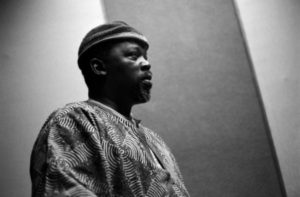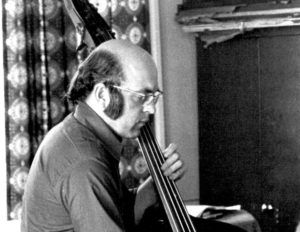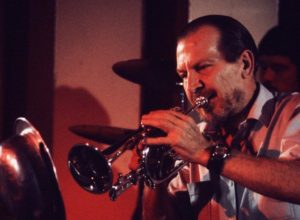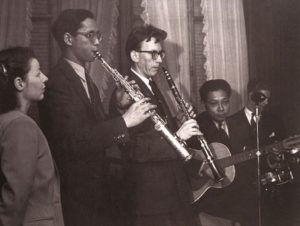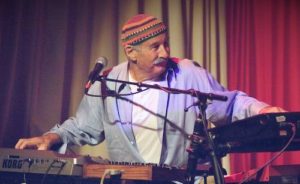George Shearing
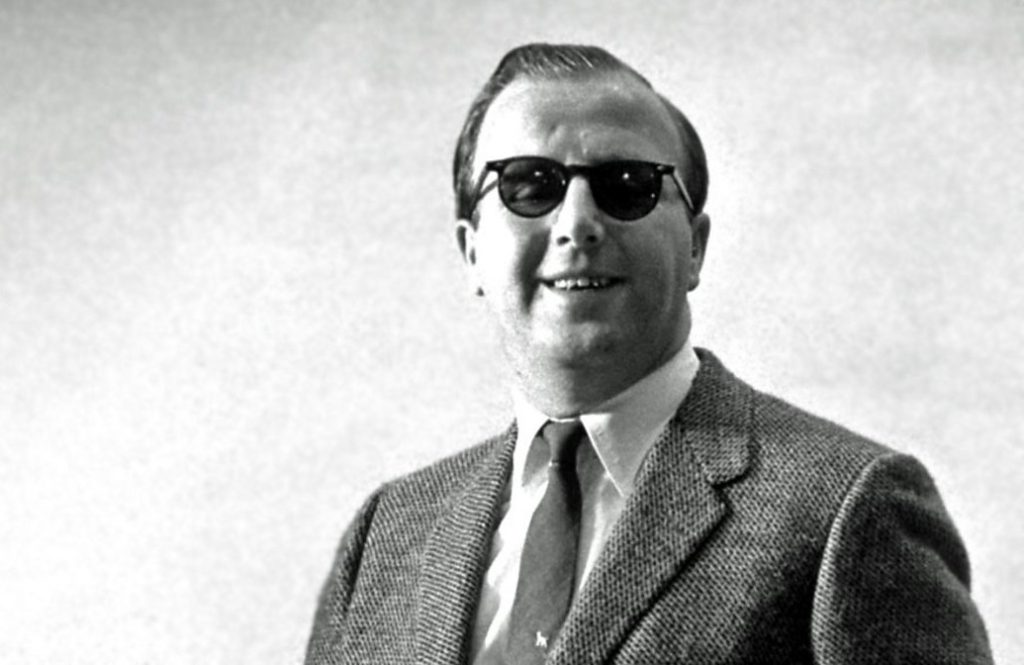
George Shearing (1919-2011) was one of the most famous and commercially successful musicians in the history of jazz. Born blind in Battersea, London, to a large working class family. He began playing the piano by ear at the age of three, and received formal training in classical piano and theory from the age of 12 to 16 at the Linden Lodge School for the Blind, where he learned to read music in Braille. In his teens he became enamoured of the playing of Teddy Wilson, Fats Waller, and particularly Art Tatum. He was offered a scholarship to study at university, but declined to continue his job playing in a Lambeth pub for £1 a week.
In 1936, Shearing joined an all-blind 20-piece dance band, led by Claude Bampton, whose National Institute for the Blind variety tour of 1937 was organised by Jack Hylton and previewed in the Radio Times by journalist Leonard Feather. Shearing sang and played and accordion, as well as piano. Feather was impressed enough by Shearing to organise his debut recording session, and he was soon working with leading bandleaders like Bert Ambrose, Harry Parry and Ted Heath. During the Second World War, he joined Stephane Grappelli, who had left Occupied France. This group, with Coleridge Goode on bass and either Jack Parnell or Ray Ellington on drums, recorded regularly for the BBC Home Service. His popularity was such that he was voted ‘Best Pianist’ in the Melody Maker polls several times in a row.
Leonard Feather was among those who persuaded Shearing to move to USA, and in 1947, he and his wife Trixie settled in New York City. He led a trio at the Hickory House, co-led a quartet with Buddy De Franco and in 1949 finally settled on a quintet with Marjorie Hyams on vibes, Chuck Wayne on guitar, John Levy on bass and Denzil Best on drums. On melodies Shearing adopted a block chord style of piano playing, inspired by Milt Buckner, and combined with the unusual instrumentation, the group quickly sounded unlike any other, particularly when Cal Tjader came into the group on vibes, and Shearing added occasional Latin percussion. The quintet quickly became a popular club and festival draw and scored hits with ‘September in the Rain’ and his own ‘Lullaby Of Birdland’. Shifting lineups would include future jazz stars like Irish guitarist Louis Stewart and Belgian guitarist/harmonica player Toots Thielemans. A series of Easy Listening albums with full string orchestra and syrupy titles like Black Satin, Blue Chiffon and Velvet Carpet only increased his profile, as did albums with singers like Peggy Lee (1959), Nancy Wilson (1961) and Nat King Cole (1962).
Shearing disbanded his quintet in 1978, and during the 1980s, he would focus more on smaller group work: solo albums, duos with people like Jim Hall, Hank Jones or fellow Brit Marian McPartland, and chamber groups with fine bass players like Brian Torff, or Canadians Don Thompson and Neil Swainson. He also established lasting musical relationships with two more singers – Joe Williams and Mel Torme – into the 1990s. Shearing remained active into the 21st Century, splitting his time between New York and Gloucesterhsire with his second wife Ellie. He was knighted in 2007, and passed away aged 91 in 2011.
Key Recordings:
With Quintet (1949-1954), Dakota Staton, Peggy Lee, etc
The London Years 1939-1943 (Hep 1995)
The Complete Capitol Live Recordings (Mosaic – recordings 1958-1963)
An Evening With George Shearing & Mel Torme (Concord 1982)
